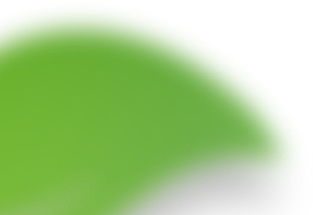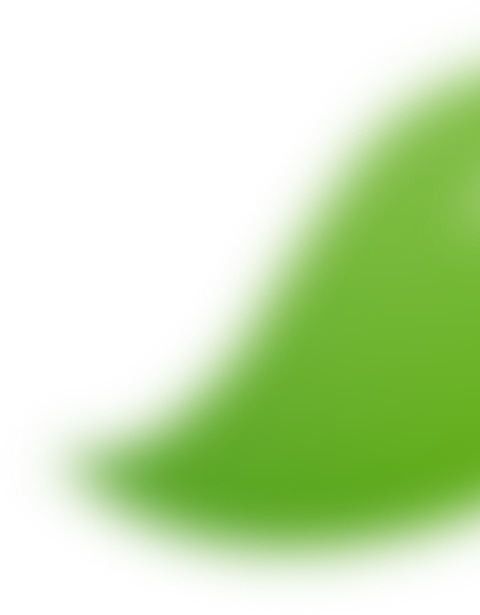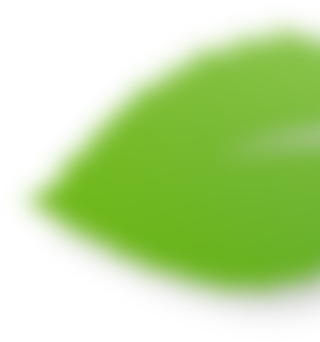ResearchBegins
MyfirstgoalinreturningtoTECCwastodocumentwhichplantswerebeingusedtotreatsickelephants.Howdidtheyusetheseplantsandforwhathealthcomplaints?IsetouttovisitfourKarencommunitiesinnorthernThailand.Iworkedwithaninterpreter.Weexplainedmyinteresttovillageleaders,elephantcampowners,andmahouts.WetoldthemhowIwouldusetheinformationprovided.Theyagreedtohelp.Wesetupinterviewswiththemahoutsandaskedthemtodescribewhatplantstheyusedforelephant medicine.
OneofthegreatestchallengesIfacedwaslanguage.IspeakEnglishandamjuststartingtolearnThai.TheKarenpeoplespeaktheirownlanguage,Pakinyaw.ManyalsospeakThai.Attimes,aquestionhadtobetranslatedtwice!Withpatienceandlotsofrepetition,wemade progress.

Myanmar
Thailand
300 miles
300 kilometers
ThaiElephant
Conservation Center
Karen people

Asia
Thailand
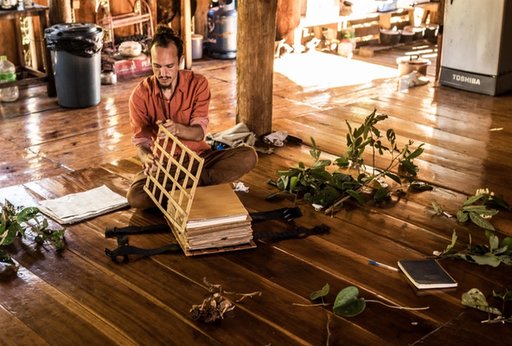

I use a special press to preserve plant specimens.

Thisplantisusedtotreatbrokenbonesinhumansand elephants.
Afterinterviews,Iwouldaskthemostknowledgeablemahoutstobringmeintotheforest.There,Icollectedsamplesofkeyplantsanddriedtheminaplantpress.Theplantswereidentifiedandthentakentoanherbarium,akindoflibraryforplant specimens.
AnalyzingData
Afterseveralmonths,wehadlearnedabout34plantspeciesthatwereusedinmorethan40differenttreatments.Themostcommonusewasasatonic.Thisherbalsupplementkeepstheelephantshealthy.Itincreasesenergyandregulates digestion.
Raworcookedriceisaddedtothetonic,aswellastamarindfruitsandbananas.Afterward,mahoutsmakeballsorpelletsofthisbittersweetmixture.Theyfeedoneormoretotheelephantseachday.Asickelephantisgivenmoredosesofthe tonic.

This plant is used to treat broken bones in humans and elephants.


Iuseaspecialpresstopreserveplant specimens.







Thestemanddriedflowerofthisplantarefedtoelephantstotreat indigestion.
Otherplantswereusedtotreatwounds,eyeproblems,brokenbones,skinproblems,fatigue,andsnakebites.Tohelpelephantmothersproducemoremilk,bananaflowerandgingerrootarefedtoamotherelephant.Foreyeproblems,plantsaregroundupandplacedintheeye.Otherplantsareboiledinwaterforelephantsto drink.
RecordingData
Numberofplantsusedformedicaltreatmentsof elephants:
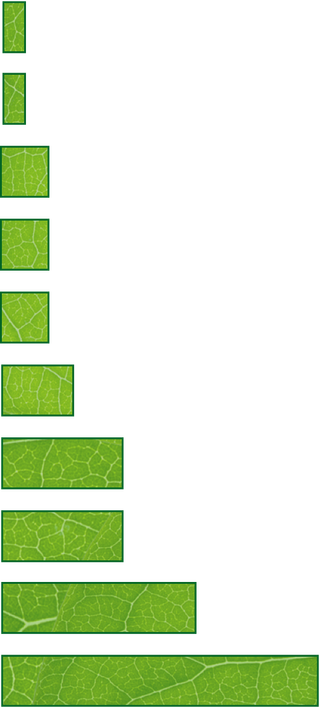
1
Skin
1
Fatigue
2
Snakebites
2
Milk production
2
Broken bones
3
Indigestion
5
Eye problems
5
Internal injuries
8
Wounds
13
Health tonic
Theseplantpartsarethemostcommonlyusedforelephant medicine:

Bark
32%
Stems
18%
Root
15%
Whole
plants
15%
Fruits
15%
Leaves
12%
Flowers 3%
Seeds 3%

HerearesomeofthedataI collected.


